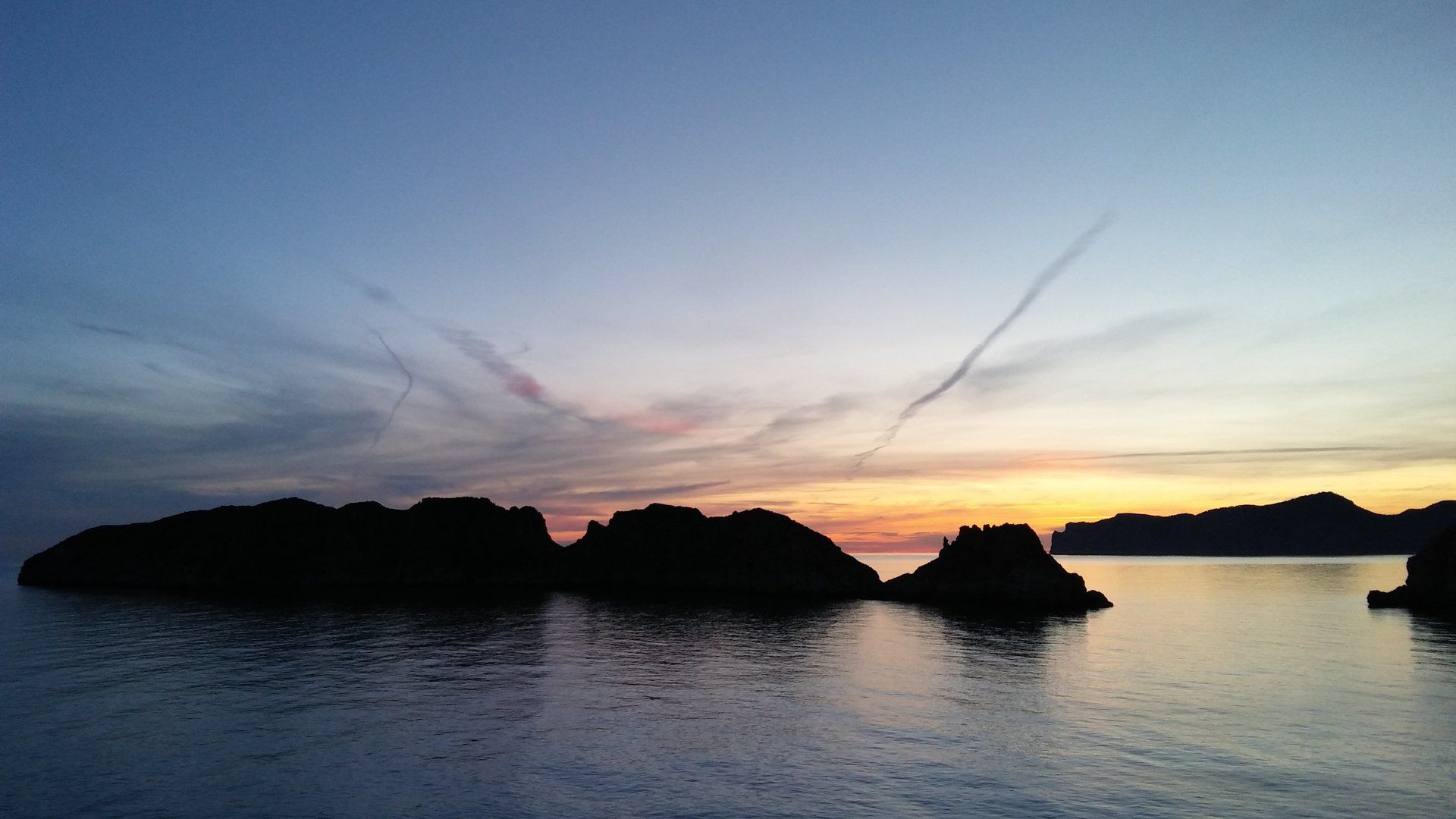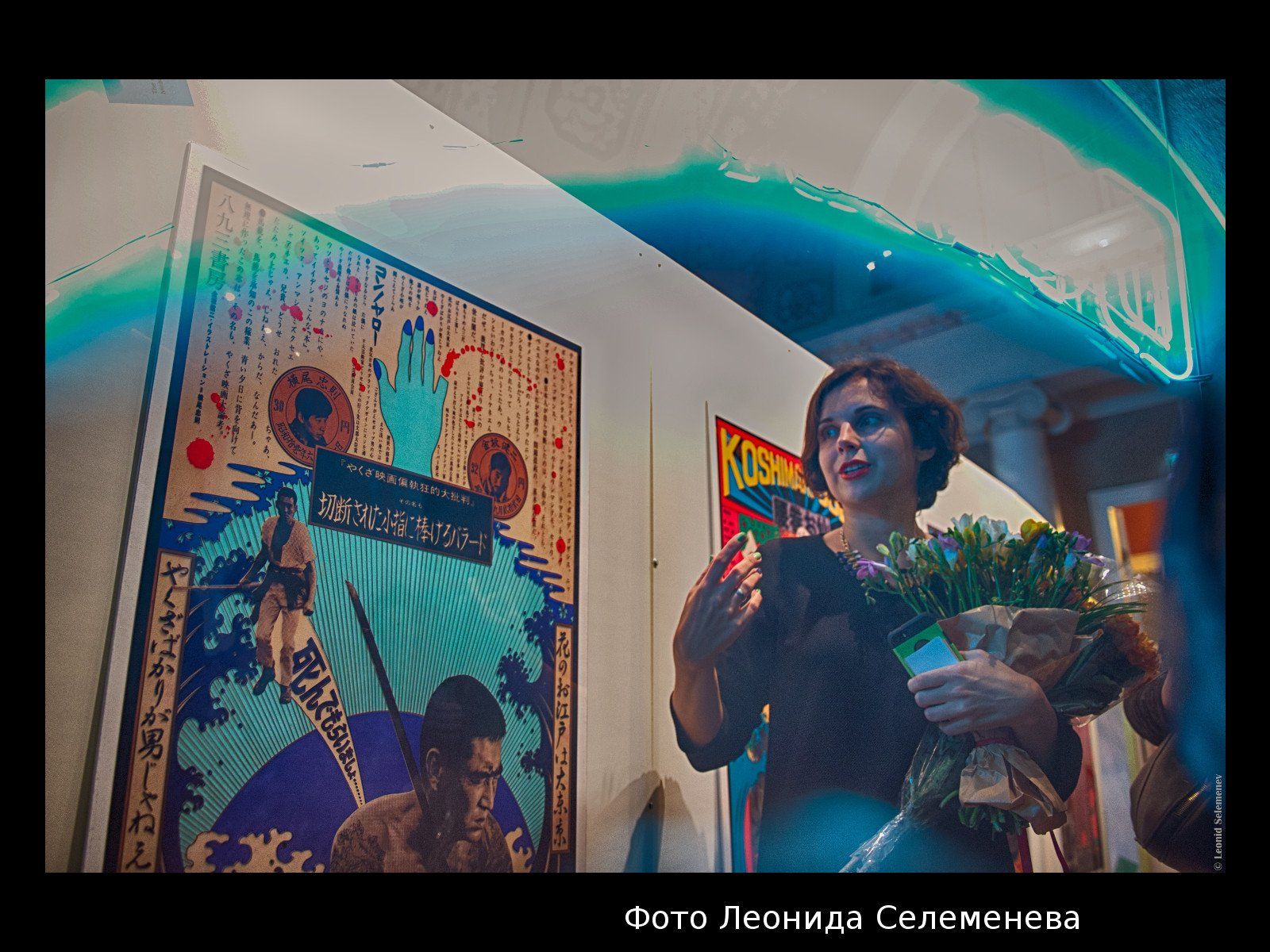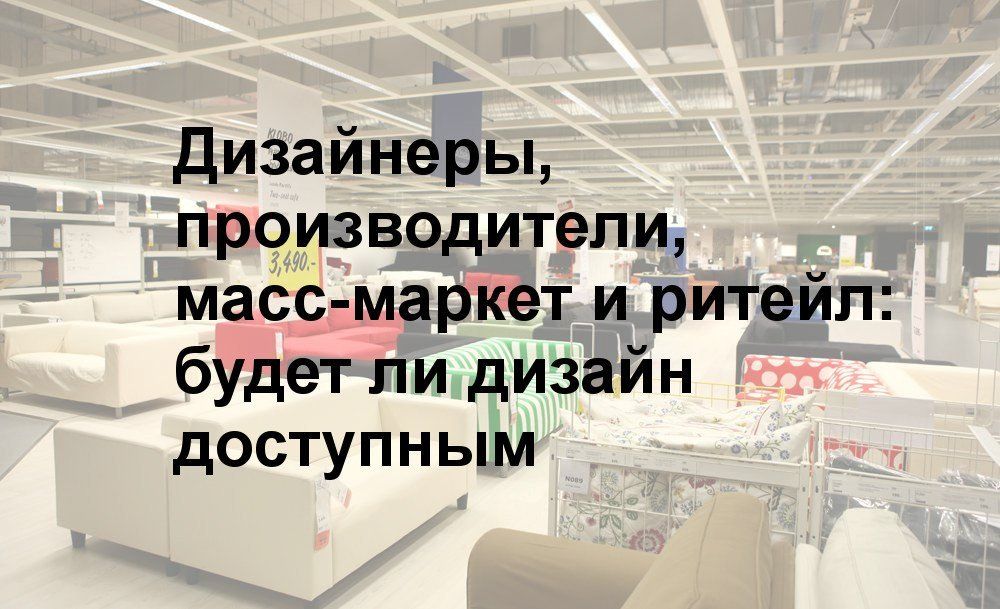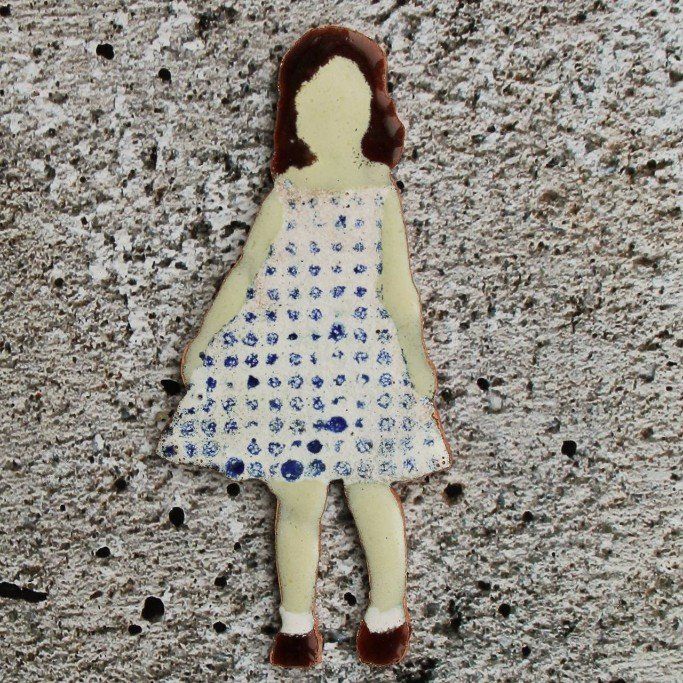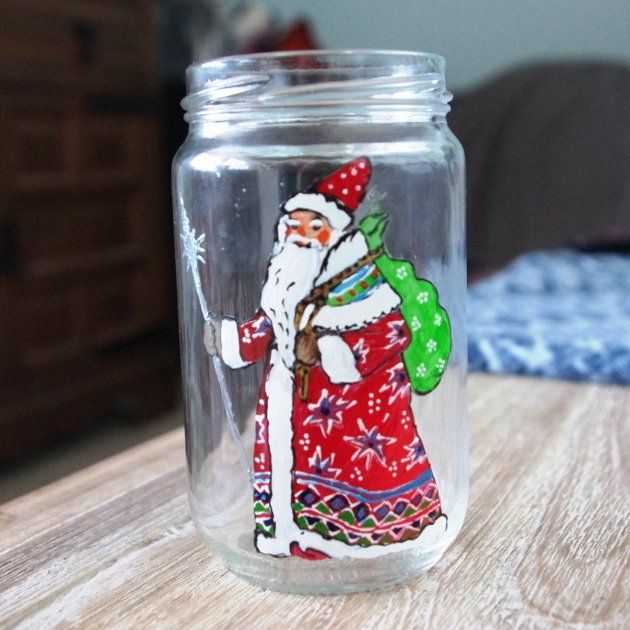Mallorca with Kids: visiting and living
- By Diana Widstrom
- •
- 15 Nov, 2017
- •

It has been one year since my family lives in Mallorca, the biggest of the Balearic Islands in Spain. A lot of people I know at least traveled there once, but my first trip to the island was a complete discovery. I didn't know what to expect, a wide beach resort in the middle of the desert where it's only sand, sea and long island cocktails?
As you may expect, non of that was true. Mallorca is a developed multinational place, obviously more tranquil than many European centers but in no lack of adventure. Moreover, it gives you the blessings of mountain hikes, fields with almond trees blossoming in spring, old villages and small beaches that are reached through natural forests with caves. The security on the island is also much higher. Another typical mallorquin feature is the big difference between the residential life and vacation stays.

For a former metrapolitan the island itself is not big. The north from the south, as well as the east from the west, can be reached in less than 1,5 hours by car. Each of its sides has a different environment and mood, so during the peak season the island is overloaded by rental cars. Before the government has started to put control on this touristic custom, renting a car and traveling through the whole island remains to be one of the most attractive ways to spend holidays in Mallorca.
For a calm family vacation on the beach it's best to prefer the east. The famous small beaches with shining blue water are located here. And though places like Cala D'Or are overcrowded during the season, they still keep the feeling of tranquility. A couple of well-known natural sights are located on the south-east. Montagro park and the long Es Trenc beach are among them. However, local families prefer to go to the village before Es Trenc for the same white sand and shallow water, Sa Rapita, saving at least half on parking and finding a less crowded beach.
The life is boiling around Palma – the center of Mallorca, both geographic and cultural. The city is built inside circles of highways, and the most interesting part is right in the middle. There is a lot of playgrounds here for kids to enjoy. The Sa Faixina park near Passeig Mallorca is very popular, as well for it's cozy cafeteria in the shadow of trees. Another big castle playground is located in the Sa Riera park in one of the northern districts. During summer, however, this area stands right in the heat. As an alternative, there is a playground located right after the Palma Cathedral, facing the sea (and the passeo). Also near the cathedral kids can enjoy running near the fountains and along the fortress wall with a splendid view on the port. The center of the city is like any other historical center: small streets and big avenues with shops, ancient and new architecture, popular and hidden places to share a meal. There are boats departing from the pier next to the cathedral for an overview tour around Palma, in case if you prefer short sea trips. And on Plaza España one can spot an old train to Soller that is actually not only driving you to this beautiful old city but also guiding on the way. Right next to it is a metro station. Yes, a metro! But we talk about it more than we use it.

The family entertainment is located outside of central Palma. The famous Palma aquarium is just a few minutes drive from the airport and offers not only beautiful piscine setups, but also indoor and outdoor playgrounds and a lot to see and learn. The marine zoo Marineland with penguins, flamingos, serpents, turtles and the famous show of dolphins and fur seals is located in Costa D'en Blanes. In the east of the island one can visit the Safari park to see giraffes, hippos, ostriches and wild animals in cages. The greatest impression on the visitors is caused by the monkeys who enjoy riding on the top of the rental cars, causing heart attacks to its contracters.
Another diamond of the east of Mallorca – the Drach caves in Porto Cristo. The long route inside a smartly lighted cage will itself make an incredible impression, but also the visitors witness and splendid short concert of a chamber string orchestra playing on tail boats right in the middle of a cave lake.
There are many hidden places in Mallorca that offer quality time outdoors. One of them is the finca Galatzo. This ancient finca holds an open museum of olive oil production, a local farm and offers tours and activities for children and families. You can also freely come here for a picnic after a long hiking in the mountains. Mountain hiking is one of the major attractions of Mallorca. Here, for instance, you can read more about the routes.
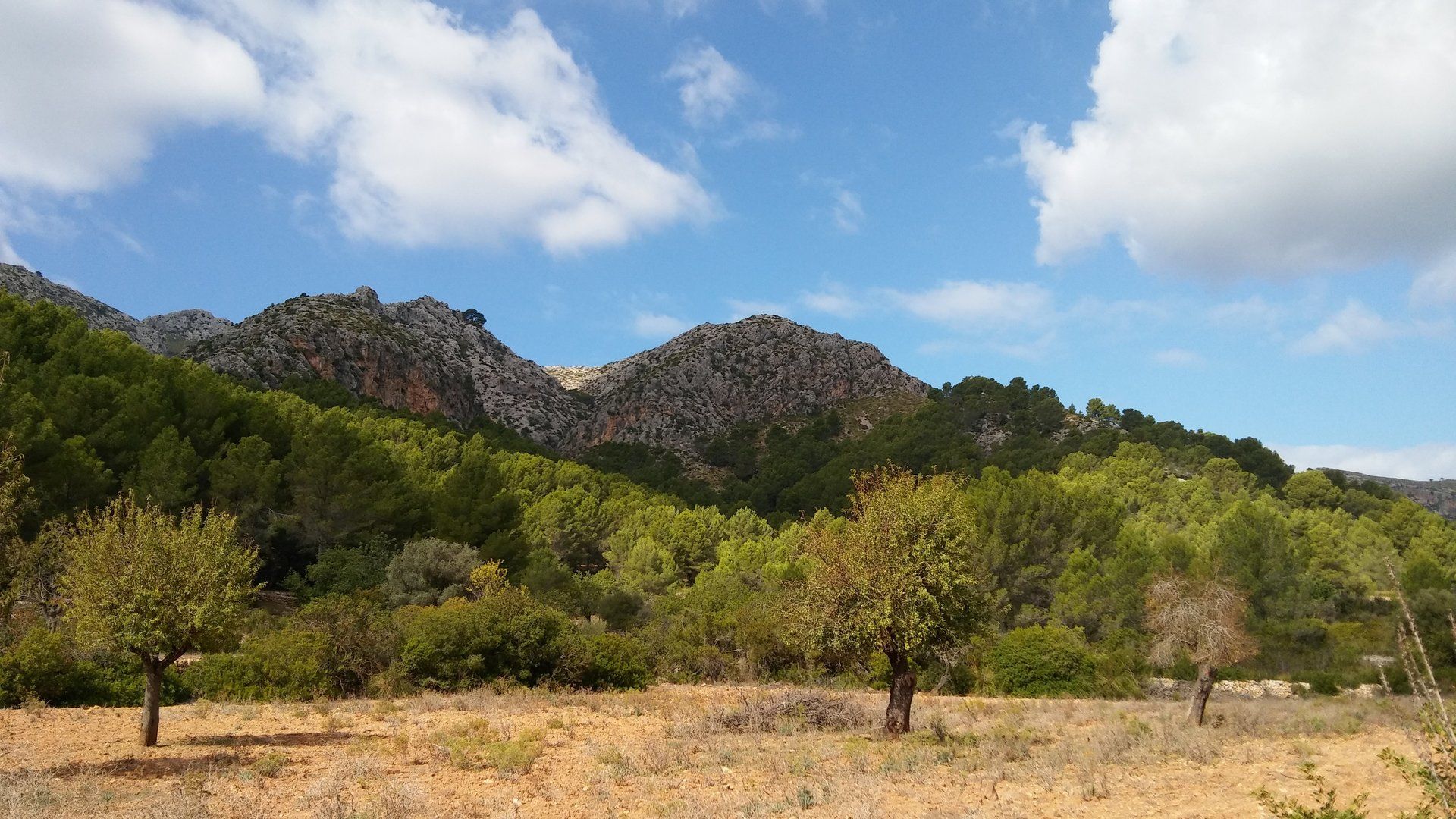
Nearly everybody has heard about Magaluf and mistakingly take the whole island for this party center. Magaluf is empty during winter time but possibly way too alive during summer. A couple of family hotels, such as Katmandu Park, are located there, and I doubt if tour agencies warn about your drunk neighbors when they sell tours. However, if you are a stay-in-the-hotel type of a person, you will enjoy Katmandu with its water and jungle parks. Another water park, which is open to public during the season, is located in short distance from Magaluf. A lot has been done to improve the area, and during the past year the police has been monitoring the party streets and putting regulations on cheap bars and hotels. Meanwhile “what happens in Magaluf, stays in Magaluf”, as they write on souvenir t-shirts. It's interesting that just round the corner you will find one of the best family beaches of the south of the island, Son Matias, which is located in a bay and thus is tolerant to winds and waves.
There is a belief that it's better for families with children to stay in the north of the island, which is not more than a misconception. However, the beaches of Puerto de Alcudia, Cala Muro or Cala Formentor are the must to visit. The latter is part of a natural park and thus is limited in access and is much more expensive to reach, but it's a great stop on the way to cape Formentor, the Place for all admirers of natural forces. On the road to the cape and the lighthouse – which is said to be closed for private transport since 2018 – you can find view points for just a couple of people right on the top of the cliff – a great place to scream your lungs out in case of nervousness or emotional disorders.
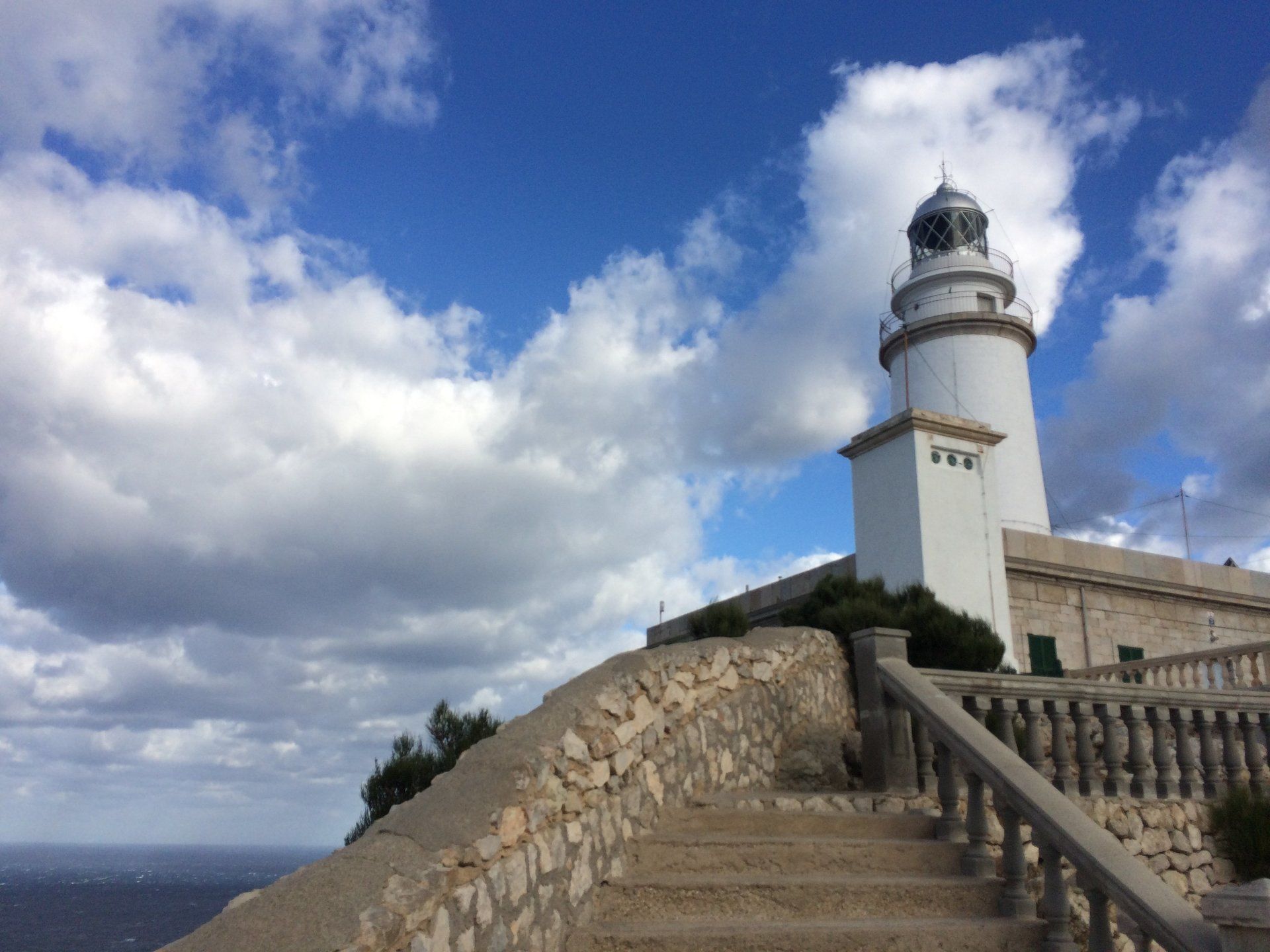
And of course, the west of the island has its absolute special atmosphere. From the modern port of Andratx one can drive up to the cascade Banyalbufar village along a curvy mountain road. Wonderful it is to meet the sunset on the way. But a pure treasure is Torrent de Pareis near Sa Calobra which is also accessed through the curves of the mountains. As you walk though a set of cliffs and caves, you find yourself in a beautiful pebble beach between the mountains. What an adventure for kids and parents!

Another great thing not to miss is the markets. They are open here and there every day. One of the most renowned ones is in Santa Maria del Cami that is a must to visit for mallorquin cheese and jamon, olives and honey, inexpensive clothes and flowers, as well as for seasonal fruits. In one of the rows you will encounter cages with domestic birds and rabbits, while the circle in the middle is occupied by ponies and horses that give your kids a ride. The Soller market, as well as occasional outdoor markets in Palma, offer handmade gifts and accessories. There's always a lot of visitors to the Consell flea market on Sundays, which is great to see without even buying anything.

Life on the island changes in November when the beach tourists are gone, the hotels are closed, and the local Spanish community becomes more active. There are a lot of small and national fiestas in Mallorca which are very casual and friendly. One of the main jokes of the locals, for instance, is about “the middle of nowhere” town of Inka. Inka is pretty big and important for the Balearics, but tourists never visit these places, say, only if they lost their way from Alcudia to Palma. However, the town's annual fiesta gathers people from all around the island for a wide-scale market and various activities for families.
You can say that there are two nations living on Mallorca, the local mallorquins and the expats. A lot of expats on the island live in their own communities, take kids to same schools and visit the same places without much knowledge of Spanish. However, being part of the Spanish community is no doubt exciting. Children from all over the world can start schooling in Spanish public schools by just having a legal status in the country and the registration, empadronamiento. For instance, my kids are going to a public school which is truly international for very small costs. Moreover, the town halls of the municipal areas inside Mallorca pay a lot of attention to family activities. The Calvia area on the south has over 7 sport centers and swimming pools that residents can access with a very moderate annual fee. If your kids go to a public school in Palma, most likely they will be toured to museums and theaters almost every month. Yes, the plays are in catalan, as well as many lessons in school, but for foreigners that managed castellano, catalan is not a problem. It's easy and joyful to raise kids in Mallorca. Just consider 300 sunny days per year!
